Philippines is a destination with much to offer. The bustling capital of Manila is said to be the most densely populated city in the world. Full of skyscrapers and bright lights, Manila’s skyline is surely impressive, especially at night. As with any large metropolitan area, the traffic can be intense so tourists often prefer leaving the congestion behind and escaping to the beach.
The Republic of Philippines is actually comprised of more than 7,000 islands. You just have to plan your travel according to weather conditions since Philippines is located in the “Ring of Fire” where volcanoes are active and earthquakes, typhoons and monsoons can be expected seasonally. It is not uncommon to experience the mild tremors of an earthquake on occasion in Philippines – it is an interesting sensation but you get used to it. Rain often comes and goes during any given day as well. Sunsets happen quickly at the edge of the ocean but the colors are vibrant.
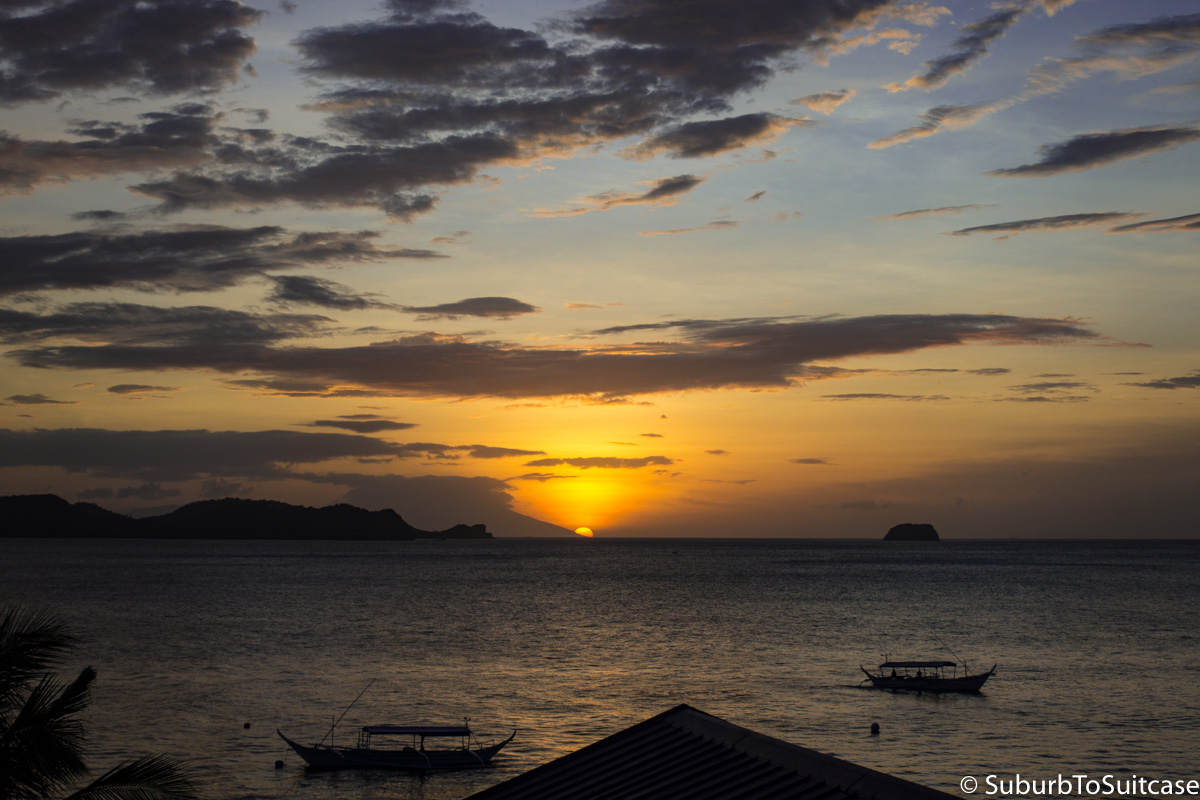
Sunset in Anilao
My husband and I have traveled to Philippines multiple times because we love the diving here – some of our favorite destinations have included Anilao (Batangas), Romblon and Dumaguete. As time allows, I will try to update this post to incorporate summaries of each location.
Anilao
Located about 2.5-3 hours almost directly South of Manila on the tip of the main island is Batangas province. Navigating through this area packed with cars, vans, motorbikes, pedestrians, markets, local “jeepneys” and tricycles takes some creative maneuvering, but eventually, you reach the municipality of Mabini, home to the diving region of Anilao.
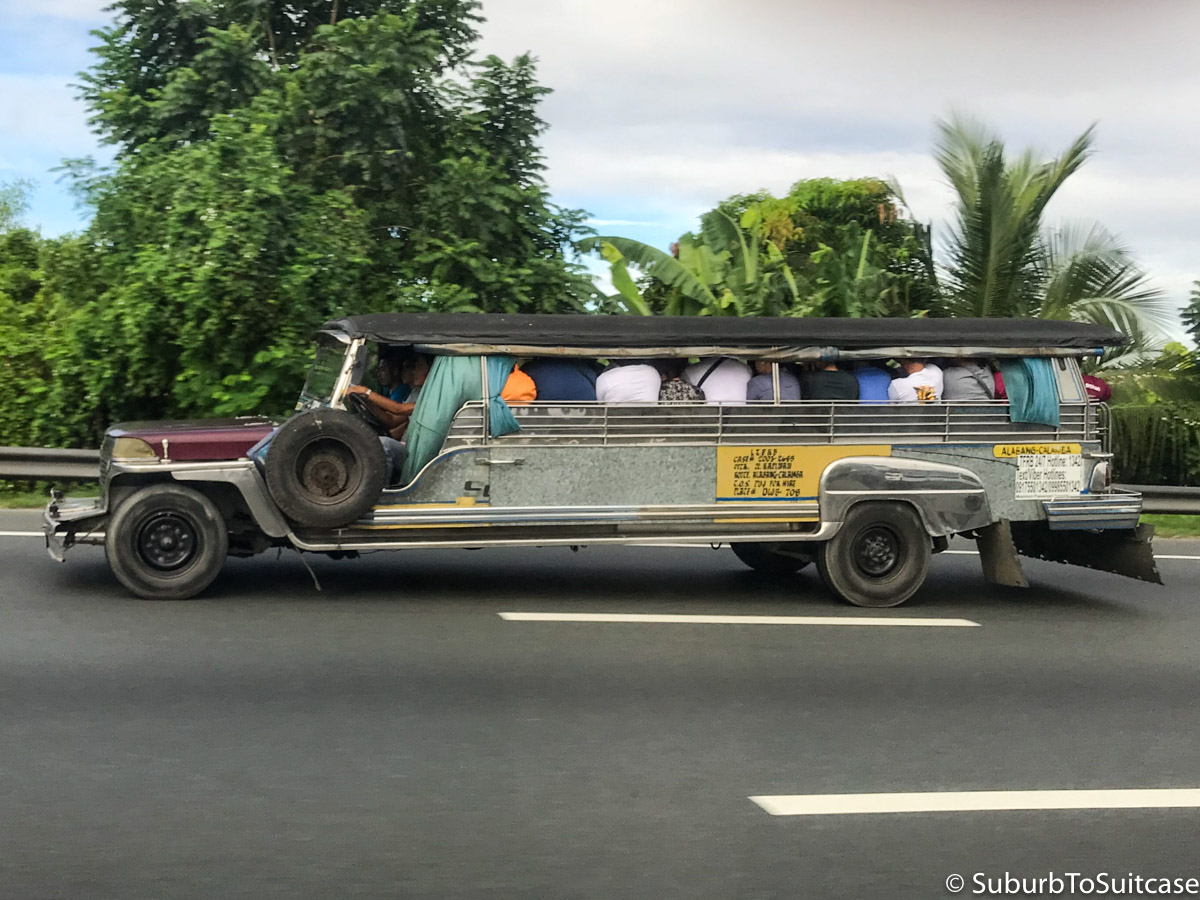
Local jeepney taxi leaving Manila
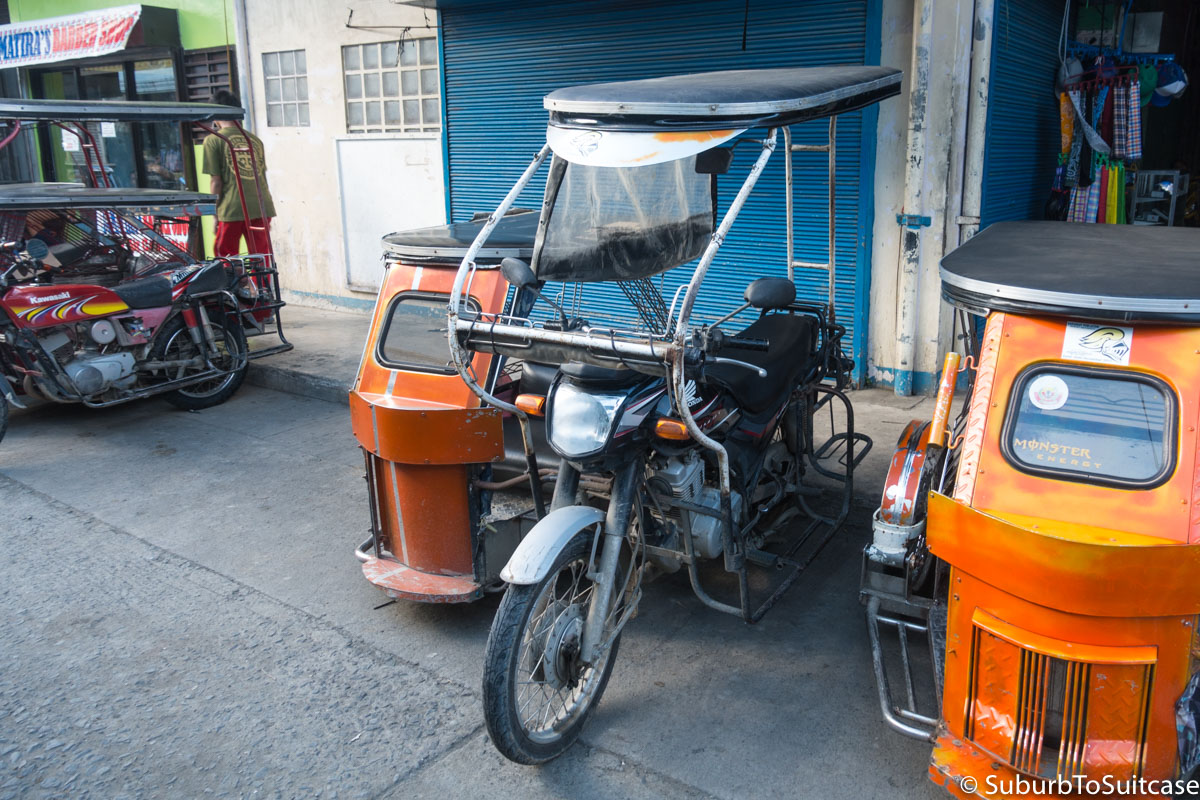
Tricycle with Sidecar in Mabini
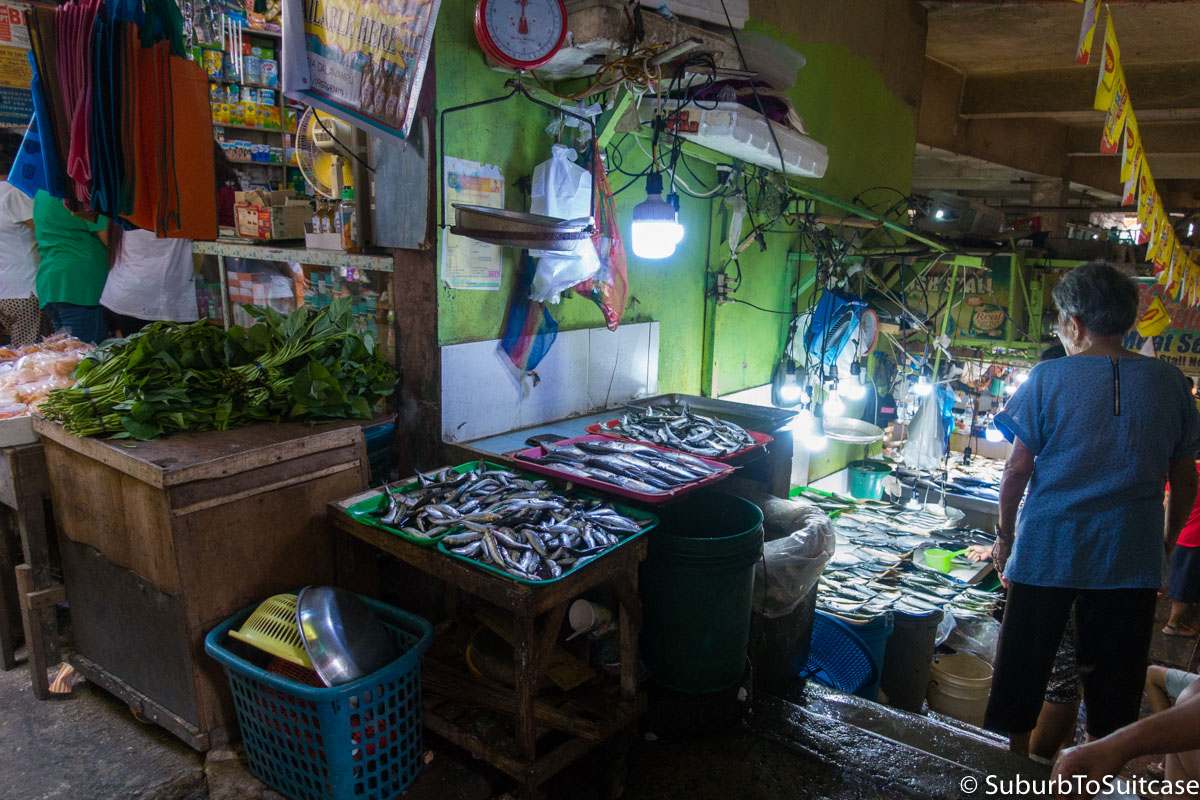
Fish Vendor in Mabini Market
The jeepney, sometimes just called a jeep, is one of the primary modes of shared public transportation in Philippines. Each is as unique as its owner. These hot-rod style communal vehicles have benches inside with interior lights that sometimes coordinate with music. These custom vehicles are made to order and designed according to the specifications of the buyer, so the paint, lighting, horn, decals and other kitch are what really make these special. Some jeepneys are quite elaborate. I had the opportunity to spend time with the owner of a motor shop in Mabini which makes these vehicles of all recycled parts. The care and attention to detail that goes into each of these creative machines is beyond impressive.
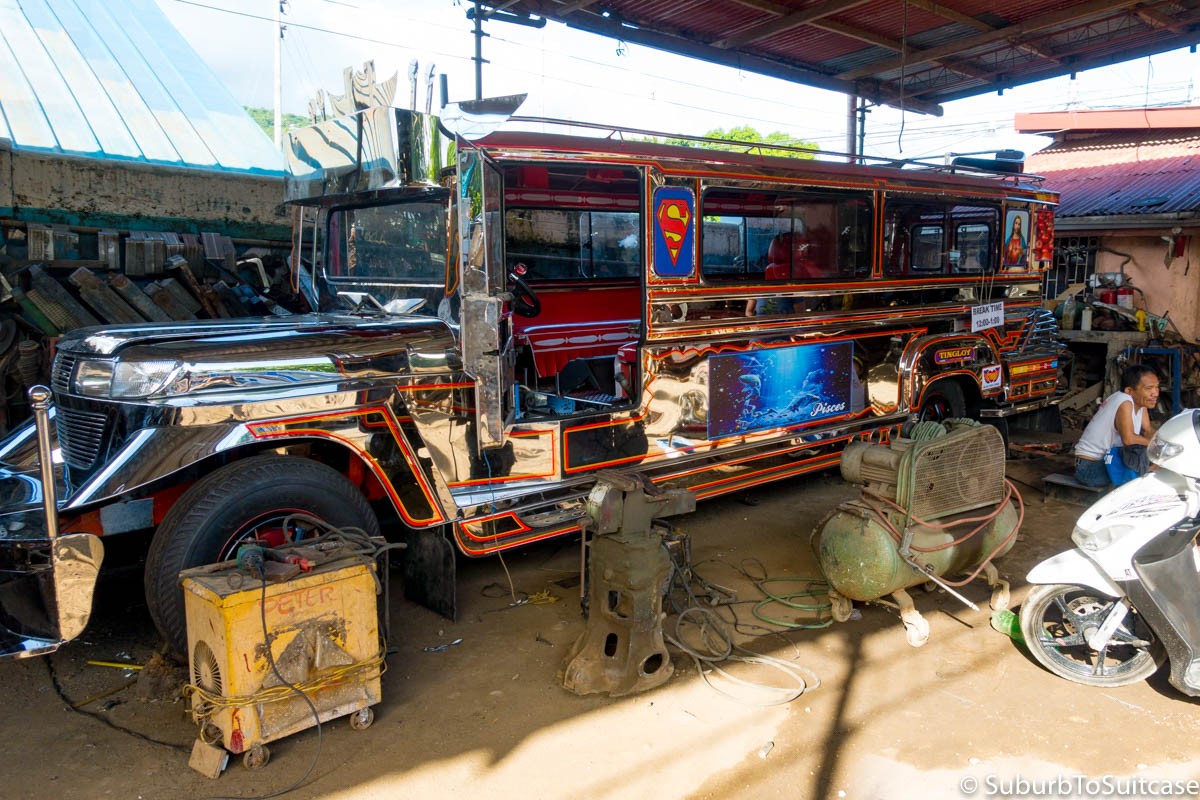
Jeepney Factory in Mabini (Owner in Foreground)
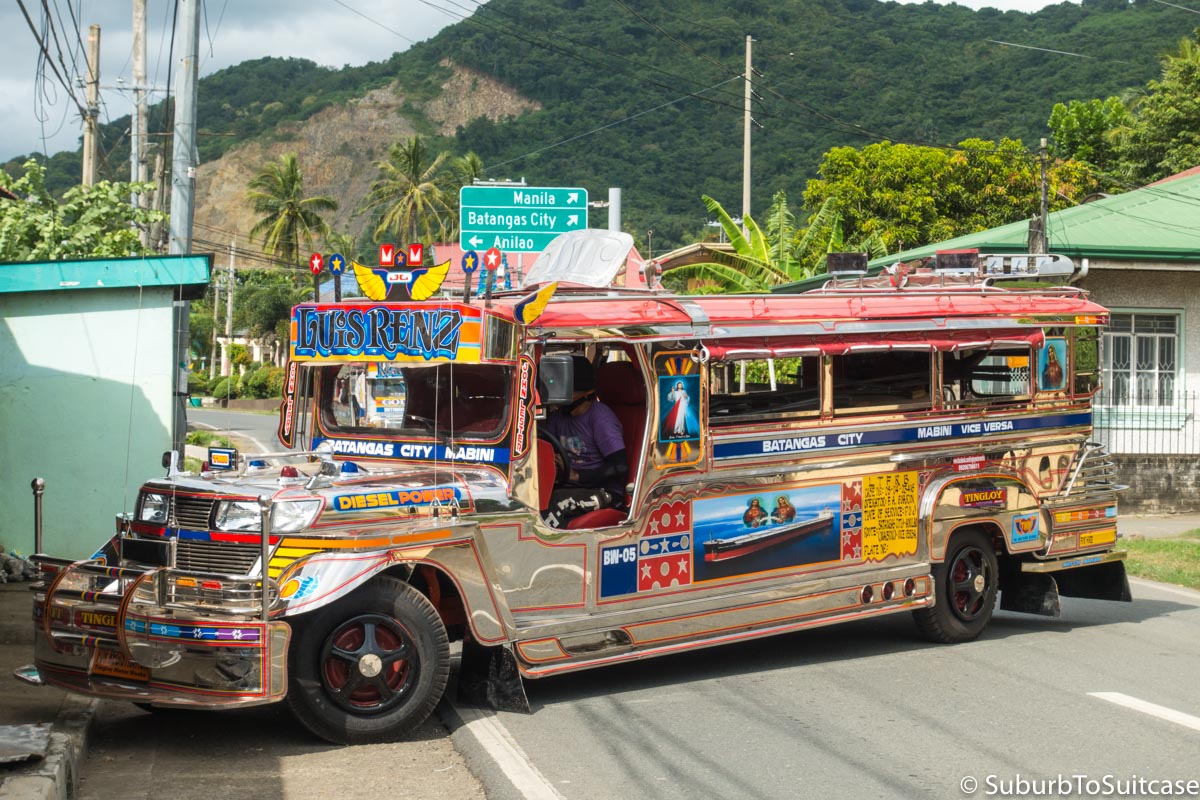
Jeepney getting ready for delivery in Mabini
Small winding roads through Mabini are lined with palms, mango trees and beautiful flowers. Be sure you bring Philippine pesos with you here since there are no accessible cash machines once at your dive resort and it is usually about a 15-20 minute ride back into Mabini to reach the local markets and vendors. There are over 100 languages and dialects throughout Philippines, including regional languages. In Anilao, you will find most people speak English very well as a second (or even third) language. Tagalog is the primary regional language and you will find great hospitality. In the Philippines, you’re family.
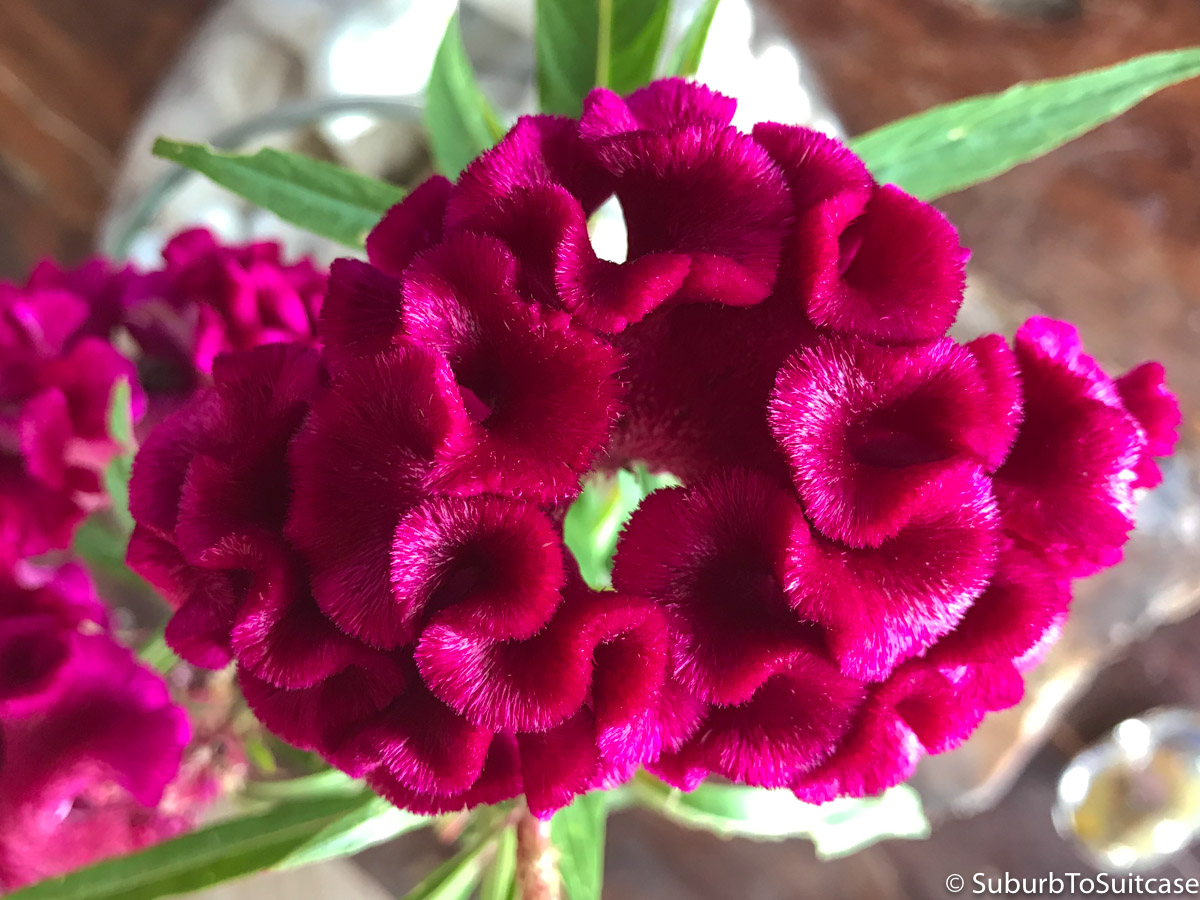
Local flora – Looks like coral!
Anilao is an underwater photographer’s dream, especially for macro and super macro subjects. In season, you can spot some of the greatest critters such as rare and intricate nudibranchs (including Shaun the Sheep), Coleman shrimp, hairy squat lobster, Oliver’s squat lobster, a variety of crab, colorful flatworm, anemone shrimp, pygmy seahorse, boxer/pom-pom crab and bobtail squid. Larger finds are also fun to spot such as the banded sea snake/krait, stargazer, bobbit worm, striated and hairy frogfish, Ambon and rock scorpionfish, cardinalfish, mandarinfish, various colors of rhinopias and eel, peacock mantis, clownfish galore, cuttlefish, octopus (including mimic and blue ring) and other species.
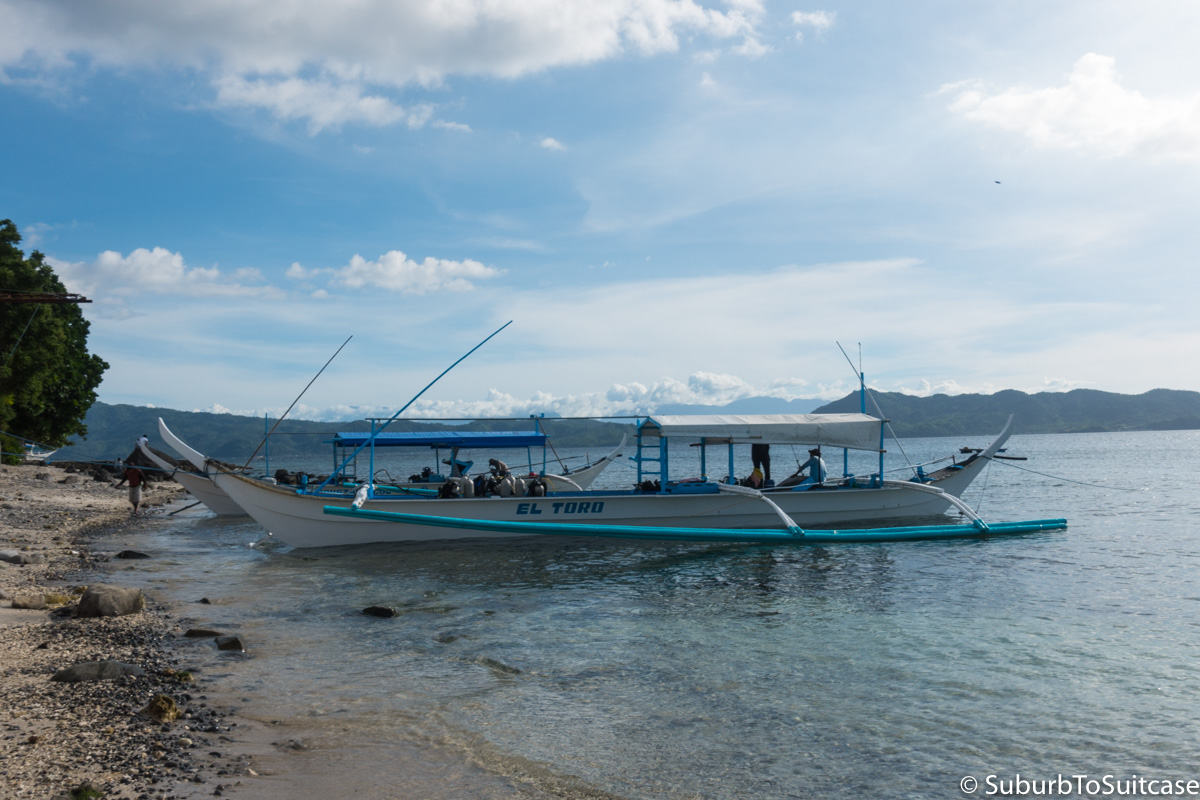
One of our dive boats in Anilao
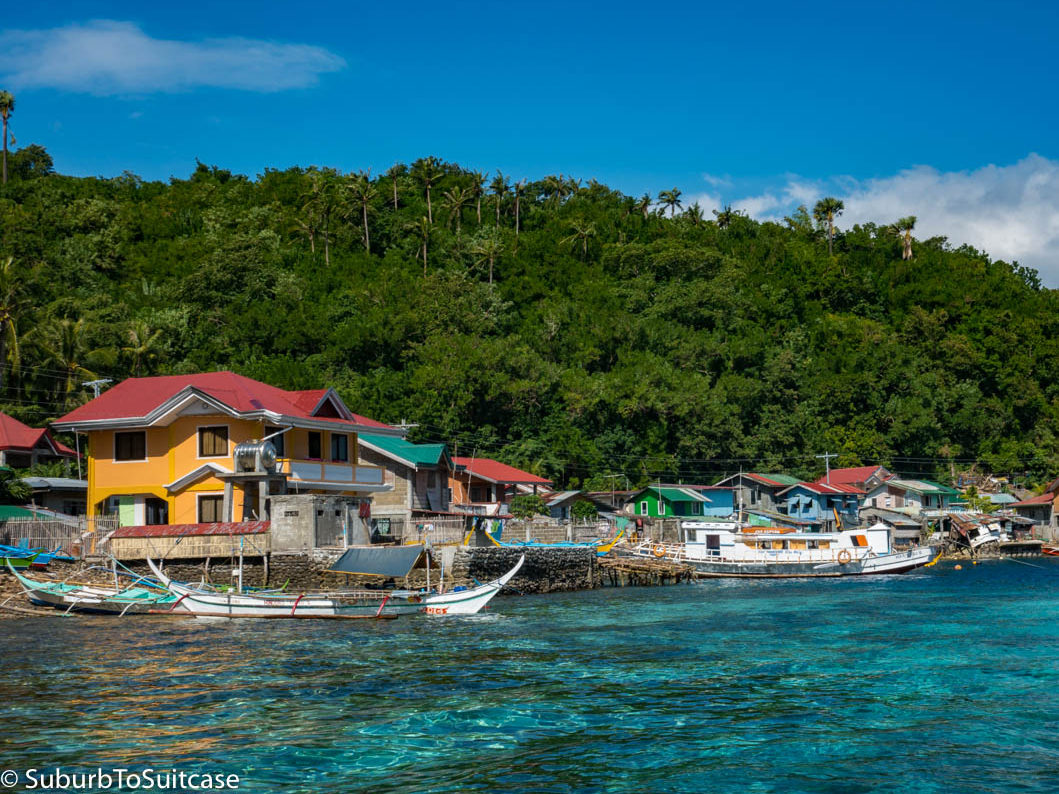
Bethlehem Dive Site
Diving Tips for Anilao:
- Water is warm but most divers prefer a 3mm wetsuit.
- I periodically felt small jellyfish stings while in the water, but none ever left a mark (more just a nuisance). If you have jellyfish sensitivity, bring a small bottle of vinegar with you on the dive boat and let your guide know in advance.
- Check the dive site before selecting your lens because there are some sites with super macro subjects where you will want all the magnification you can get. However, you may not want the same lens if you are going to look for rhinopias, for example.
- Expect warm humid weather and remember to bring water or hydration tablets.
- Watch your dive profile and surface intervals closely since each day can be multiple long dives. Time can easily get away from you underwater, especially in shallow dives full of great subjects to shoot.
- Keep an eye out for eggs and juvenile subjects underwater! Lots of critters are carrying eggs.
Regardless of the areas you visit, before you leave Philippines, be sure you try ube ice cream. Ube is a purple yam that is used commonly in desserts such as cakes, candies and the local halo-halo treat. We love ube cream the most though. That deep violet color has a flavor and consistency that can be difficult to describe – a combination of fragrant, creamy and just plain awesome.
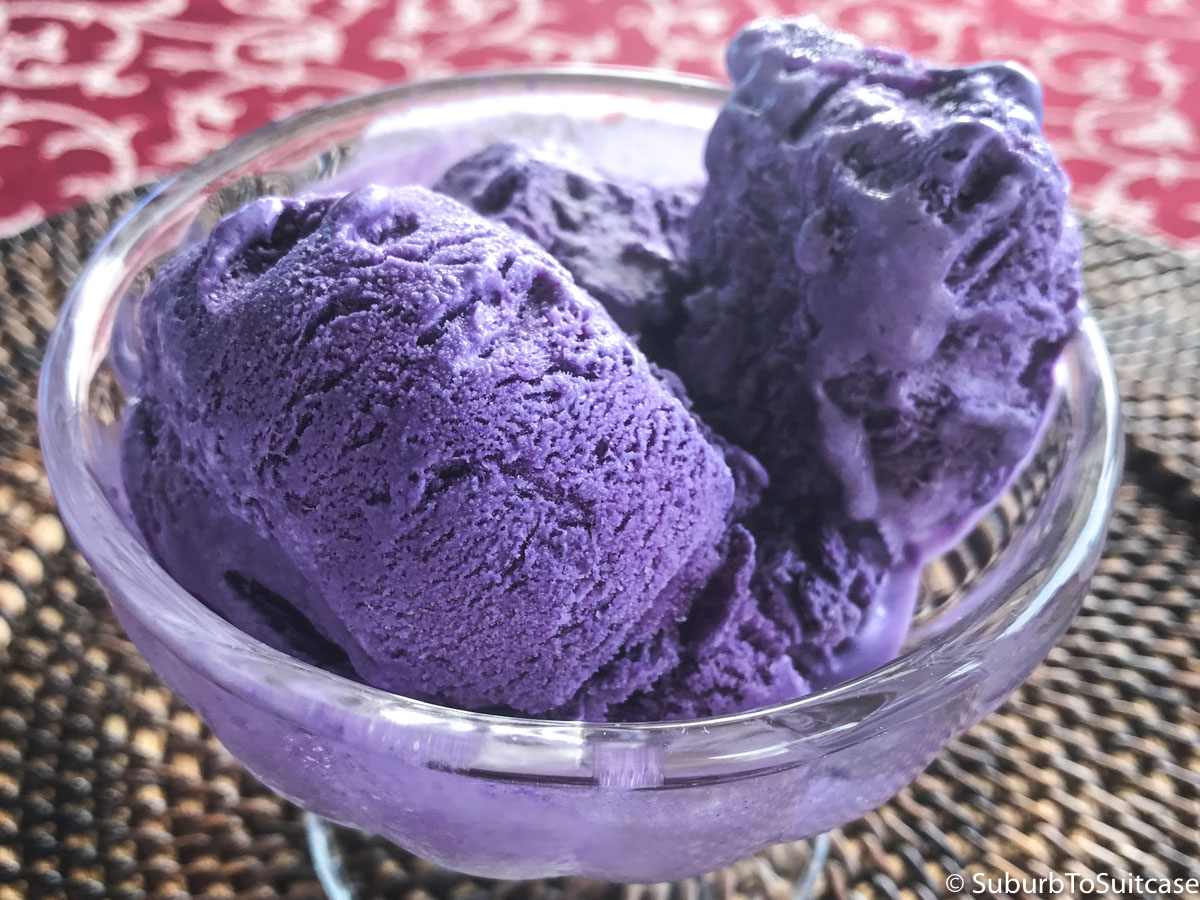
Ube Ice Cream
Underwater Photos:
You can view my underwater photos from Anilao in my Philippines underwater gallery. If you are interested in critter identification, you can check out my identification page where nudibranchs, sea hares, sea slugs, cowries, etc. are grouped by primary color.
